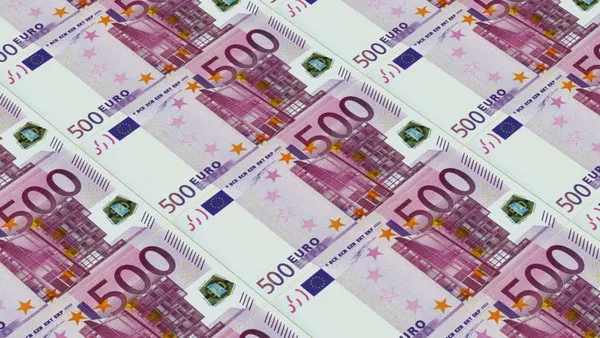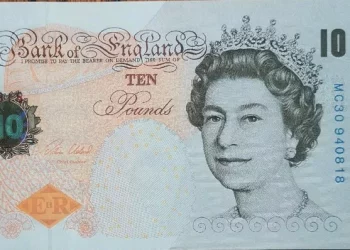Exchange rates play an important role in facilitating international trade and commerce. The euro to peso exchange rate is a crucial metric for businesses and investors as it determines the value of goods and services between countries. In this article, we will delve into the current state of the euro to peso exchange rate and its impact on global trade.
Current Euro to Peso Exchange Rate:
As of June 13th, 2023, the euro to peso exchange rate stands at 1 EUR = 60.36 PHP. This means that for every euro, you can buy 60.36 Philippine pesos. The exchange rate has fluctuated over the years due to various factors such as political instability, inflation rates, and economic policies.
Factors Affecting the Euro to Peso Exchange Rate:
Several factors have contributed to the fluctuations of the euro to peso exchange rate. Some of these factors include:
Economic Conditions: Economic conditions play a significant role in determining exchange rates. When a country’s economy is doing well, its currency becomes more valuable, and therefore the exchange rate improves. Conversely, when a country’s economy is struggling, its currency becomes less valuable, and the exchange rate weakens.
Political Stability: Political stability is another factor that affects exchange rates. When a country has a stable government and political environment, foreign investors are more likely to invest in the country, thereby increasing demand for the country’s currency. On the other hand, political instability can lead to a weakened currency and a lower exchange rate.
Inflation Rates: Inflation rates also influence exchange rates. When a country experiences high inflation rates, the value of its currency decreases, leading to a weaker exchange rate.
Impact of the Euro to Peso Exchange Rate on Global Trade:
The euro to peso exchange rate has several implications for global trade, including:
Import and Export Costs: A weaker peso makes Philippine exports more affordable for foreign buyers, increasing demand for Philippine products. Conversely, a stronger peso makes imports cheaper, which can lead to an increase in imports into the country.
Tourism: The exchange rate affects tourism as well. When the peso is weaker, tourists from other countries can get more pesos for their money, making the country more attractive as a travel destination. Conversely, when the peso is stronger, it becomes relatively more expensive for tourists.
Investment: Investors are also affected by fluctuations in the exchange rate. A weaker peso can make investing in the Philippines more attractive, while a stronger peso makes investing less attractive.
Inflation Rates: Exchange rates can influence inflation rates as well. A weaker peso increases the cost of imported goods, leading to higher inflation rates. This can be detrimental to the economy as it reduces the purchasing power of consumers.
Furthermore, businesses can use the exchange rate to their advantage by hedging against currency risks. By using derivatives such as forward contracts or options, businesses can lock in a favorable exchange rate and protect themselves from any potential losses due to fluctuations in the exchange rate.
The euro to peso exchange rate is also significant for investors looking to invest in the Philippine economy. A weak peso can make investing in the country more attractive, leading to an increase in foreign investment. This can have a positive impact on the country’s economic growth by creating job opportunities and increasing revenue.
On the other hand, a strong peso can make exports more expensive, leading to a decrease in demand for Philippine products. This can have a negative impact on businesses that rely on exports as a source of revenue.
Conclusion:
In conclusion, the euro to peso exchange rate is an important metric that has several implications for global trade. Fluctuations in the exchange rate can be influenced by a variety of factors such as economic conditions, political stability, and inflation rates. Businesses and individuals should keep an eye on the exchange rate to make informed decisions about import/export costs, tourism, investment, and inflation rates. Understanding the impact of the exchange rate on the economy can help businesses navigate the complexities of international trade and commerce.
Related Topics:



























